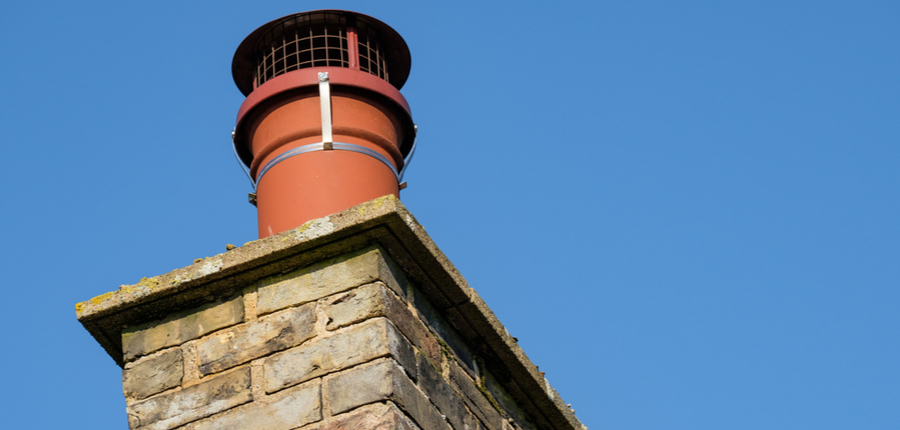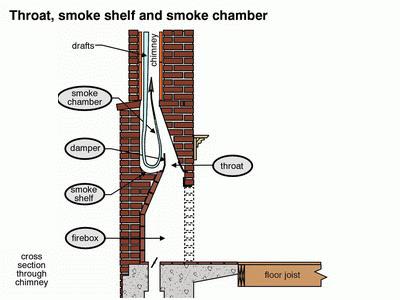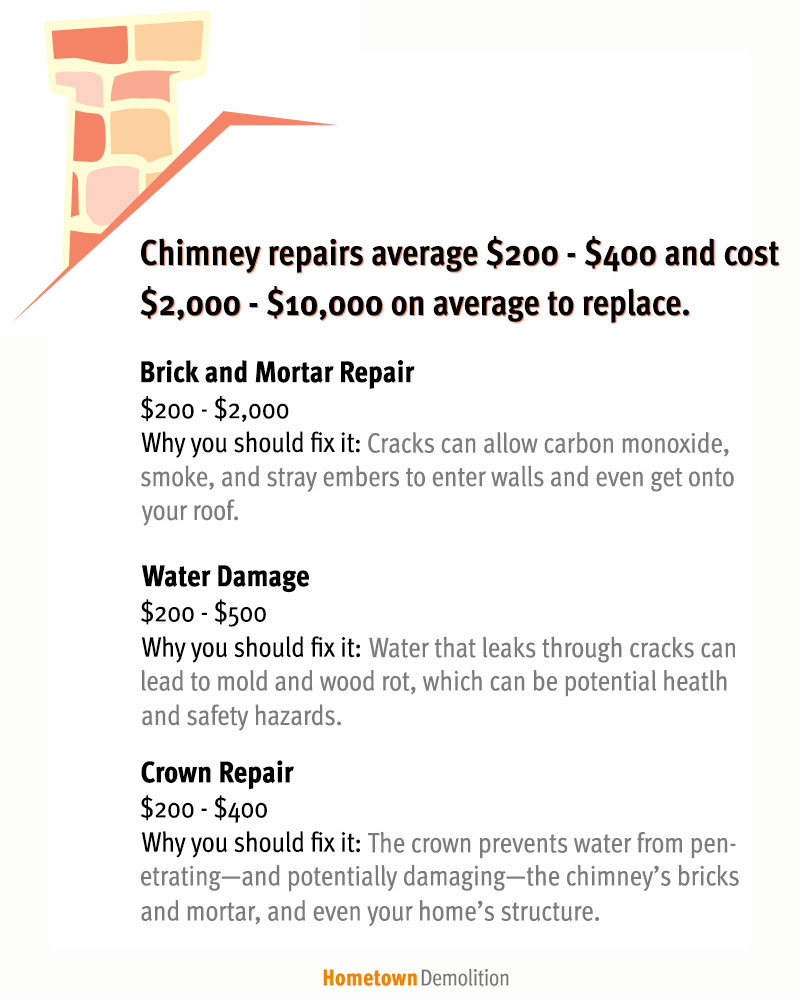

Materials include the cost of the liner and any additional supplies needed to get the job done. Materials and labor make up the remaining bulk of chimney liner costs. Other material options include aluminum, cast-in-place, and thermocrete, which cost an average of $12, $250, and $200 per square foot, respectively. With installation, the price goes up to around $100 per square foot. They’re durable, effective, and relatively easy to install. Stainless steel chimney liners are a popular choice at $65 per square foot for materials. For instance, traditional clay or terra-cotta liners cost only $10 per square foot however, they don’t have a long lifespan with heavy use, and they are more labor-intensive to install. The material you choose for your chimney liner will affect your total cost significantly. Finally, you’ll need to ask the chimney inspector about the permits required for chimney liners and repairs. Chimney inspection and cleaning cost an average of $125 to $250. Some liners can’t be used on certain chimneys, so a professional’s expertise will be invaluable.Īdditionally, if you haven’t had a chimney sweep clean your chimney recently, it will need to be done before any work begins. Their recommendation will guide the type of liner you choose and how many repairs are needed to get your chimney in good working order. Permits, Chimney Inspection, and Chimney SweepĪ chimney or fireplace inspector will be essential in determining the condition of your existing fireplace. A broken chimney crown could cost $900 to repair, but rebuilding part of an old brick chimney could cost an average of $2,800. Alternatively, some types of liners can also fall into disrepair, so they’ll need to be inspected to determine whether they can be repaired or if they need to be removed entirely.

Old, crumbling chimneys will take a fair amount of work to repair before they’re structurally sound enough to hold a chimney liner safely. Expect to pay an additional $400 if different appliances use the existing chimney. Any gas or vented appliances that use the chimney will need to be attached and sealed to the new liner, which requires extra time and materials. While older homes might have a more simple setup where the chimney is only used by the fireplace, other homes might have additional appliances tapped into the chimney. Additionally, if the roof’s pitch is excessively steep, the technicians will need to take added safety precautions, which can increase how long the project takes. For instance, chimneys that extend several stories might require a mechanical lift to help the technicians get materials to the top of the roof. The roof height and pitch determine what kind of equipment will be needed to complete the chimney liner installation.

Here are the top considerations for chimney liner replacement costs. The chimney’s condition is another factor, along with inspections, permits, labor, and materials.

The overall design of the chimney is a top factor since the height, shape, and connections to any other appliances will significantly affect how the liner is built. Factors in Calculating Chimney Liner Costįor a seemingly simple feature on the house, there are a lot of factors that make up a chimney liner’s cost.


 0 kommentar(er)
0 kommentar(er)
